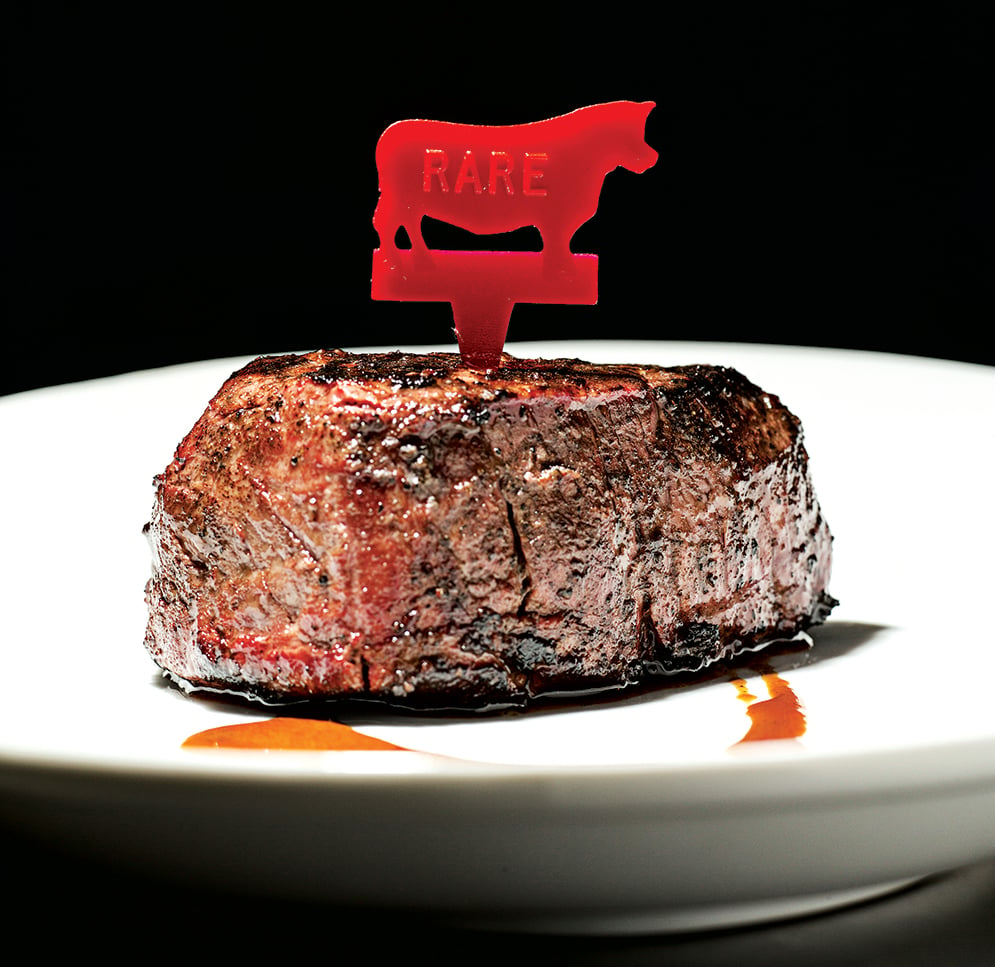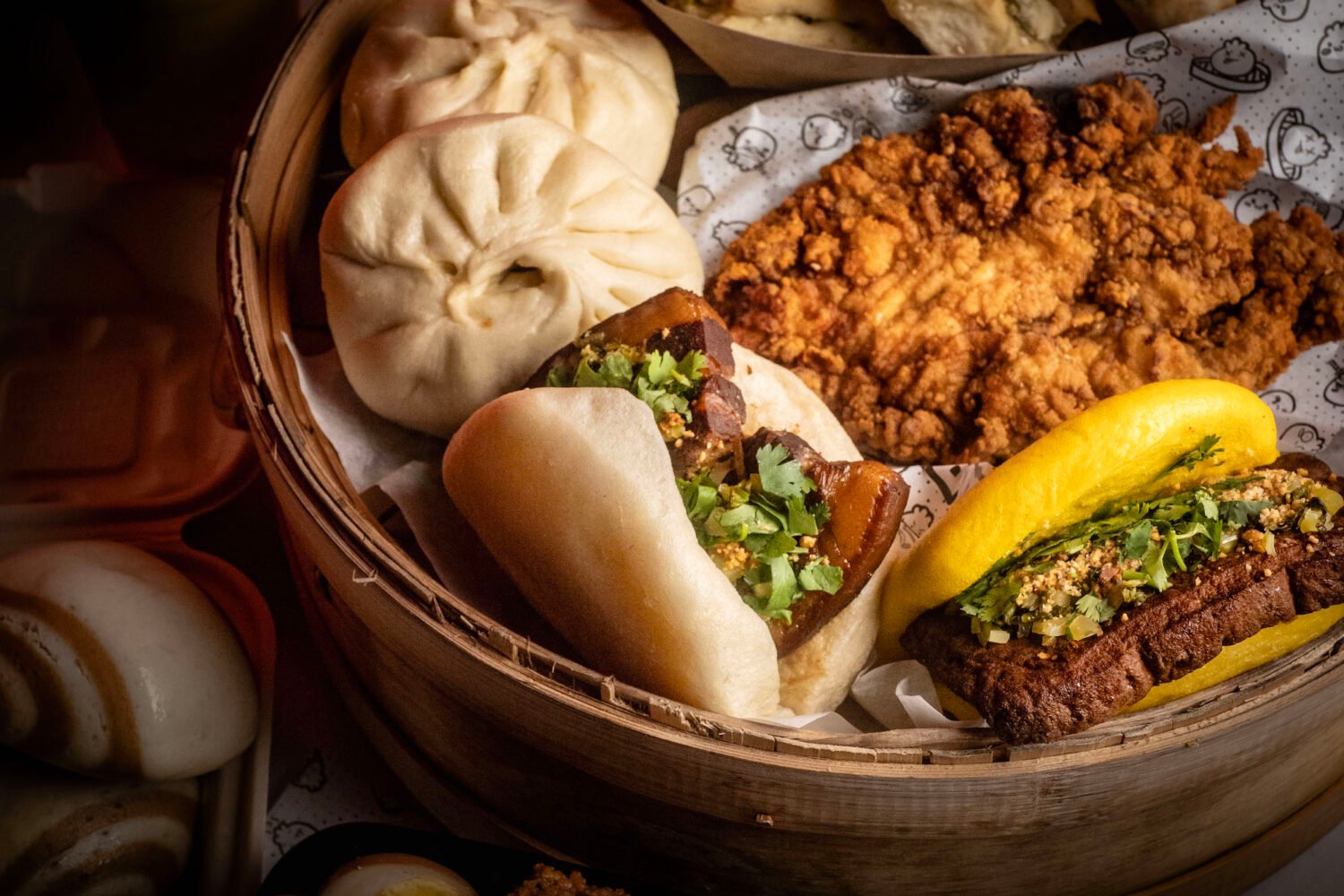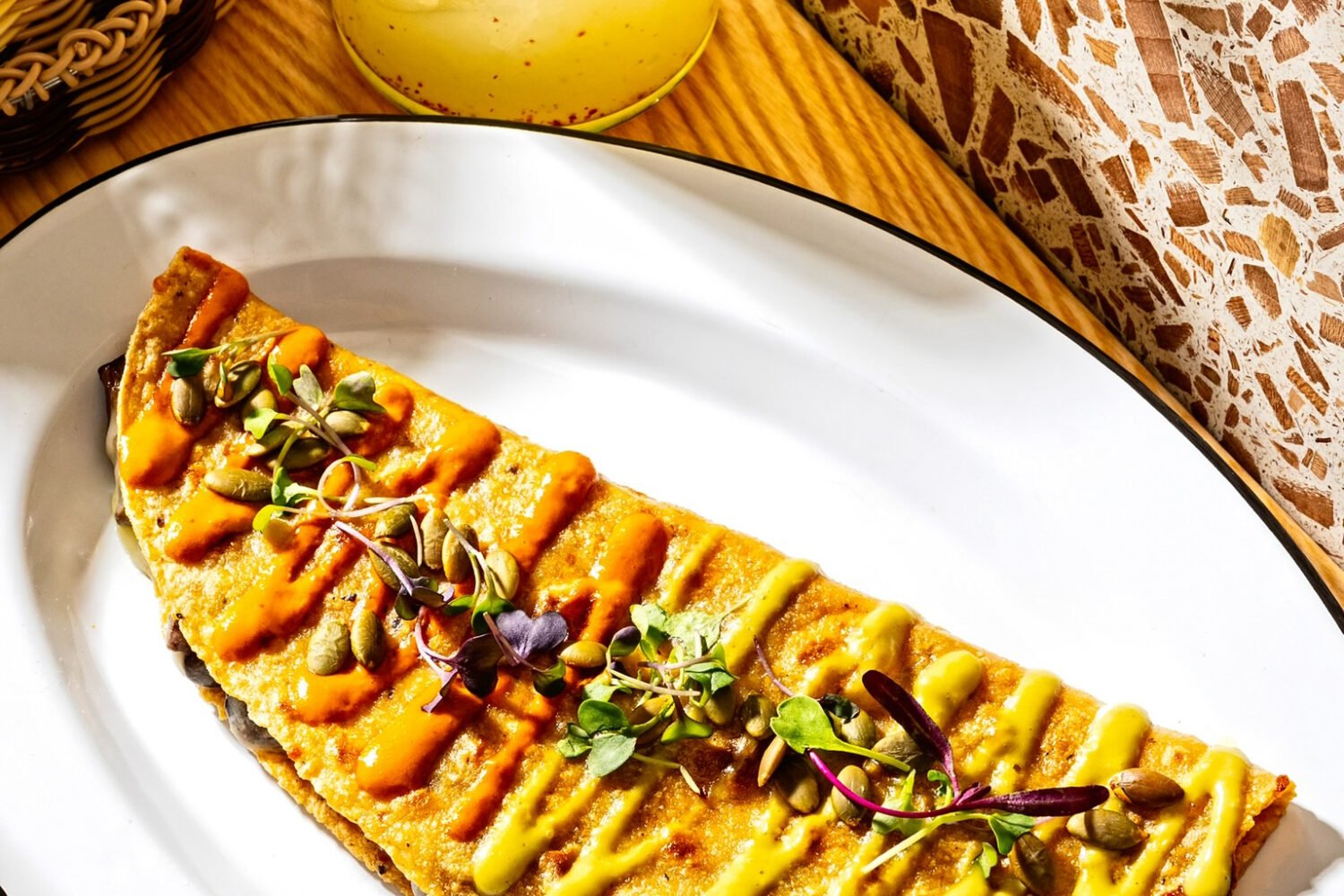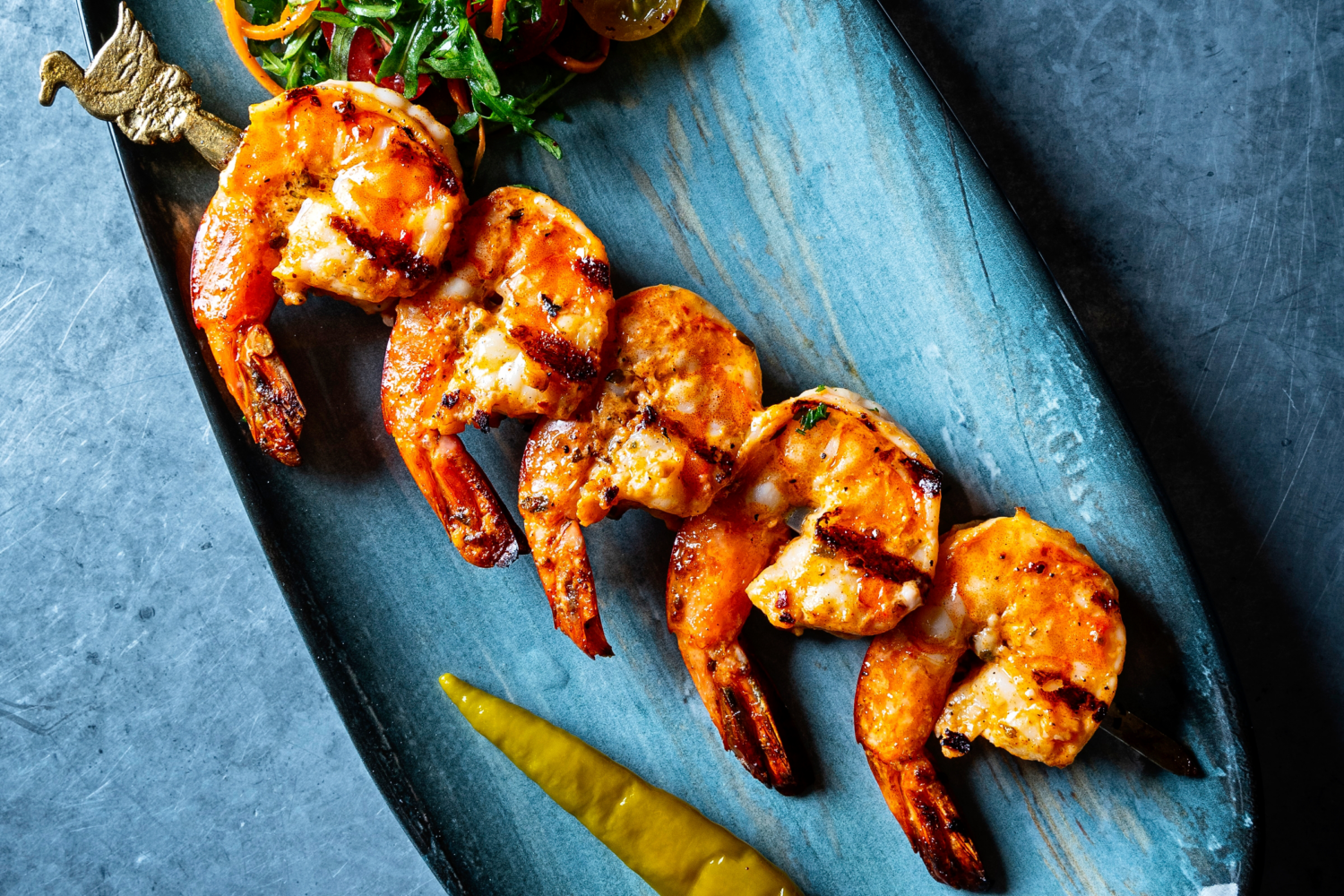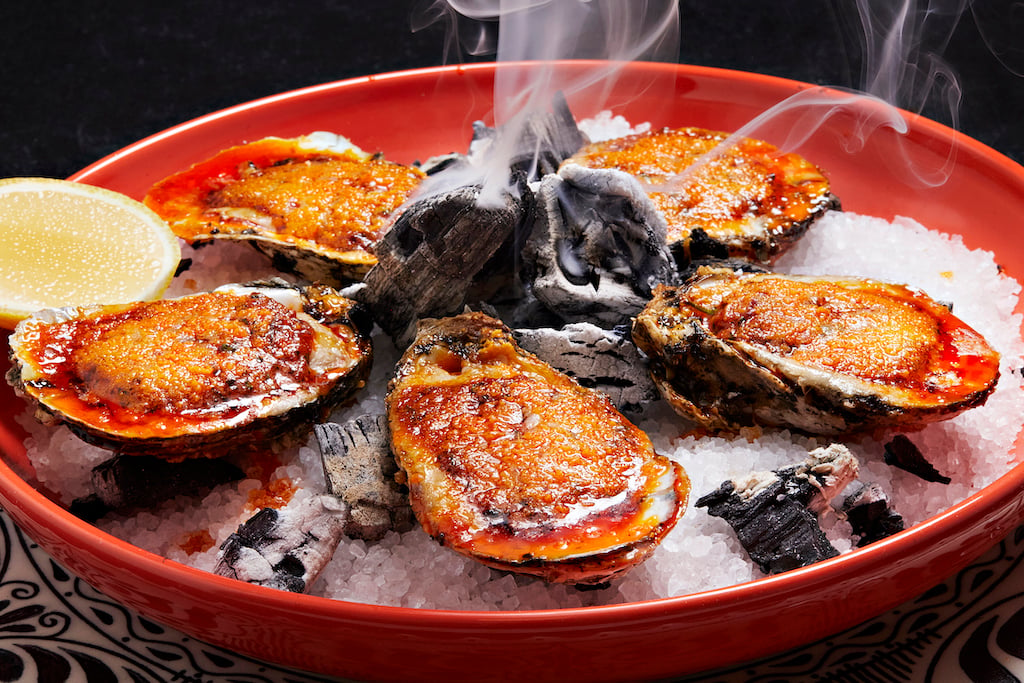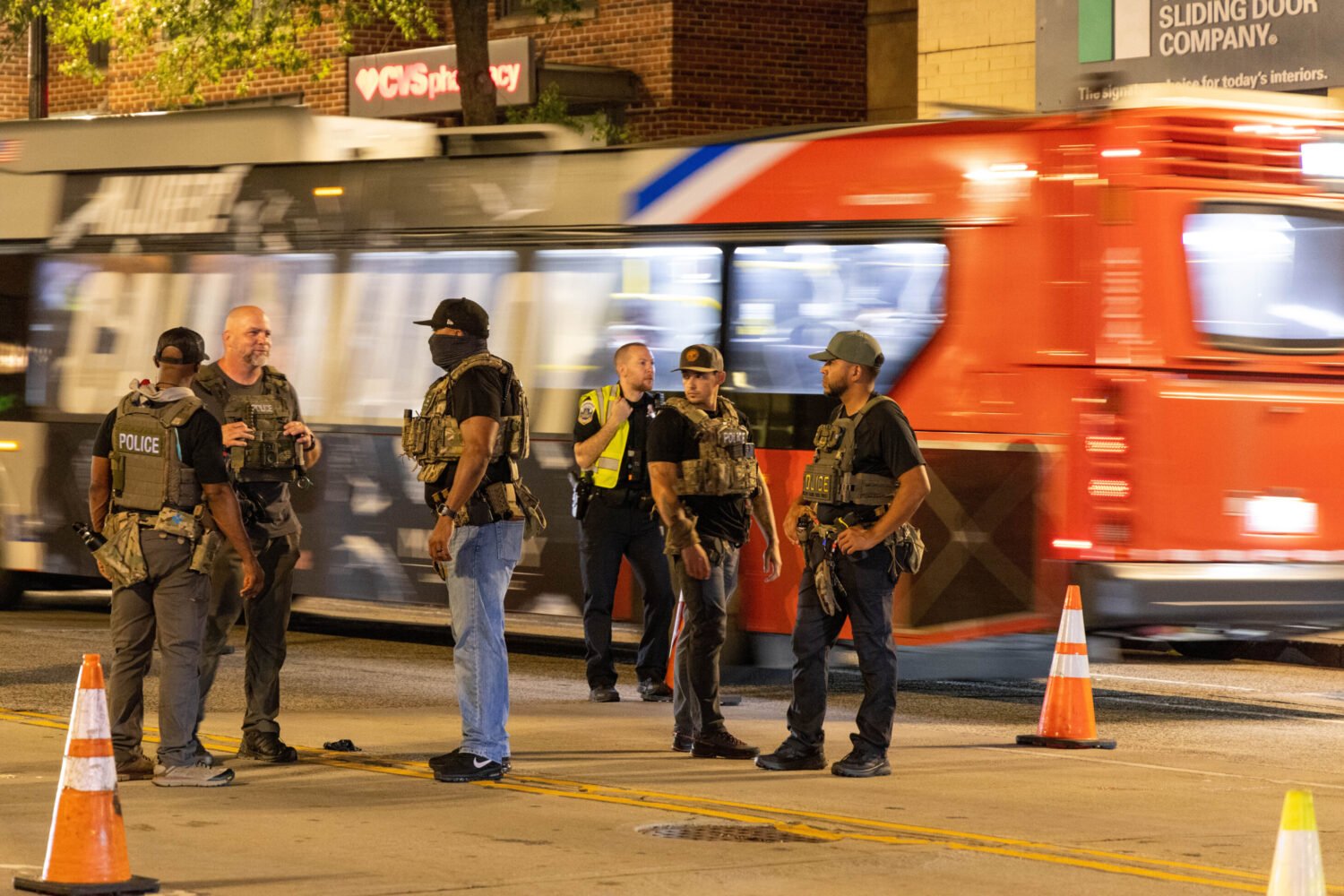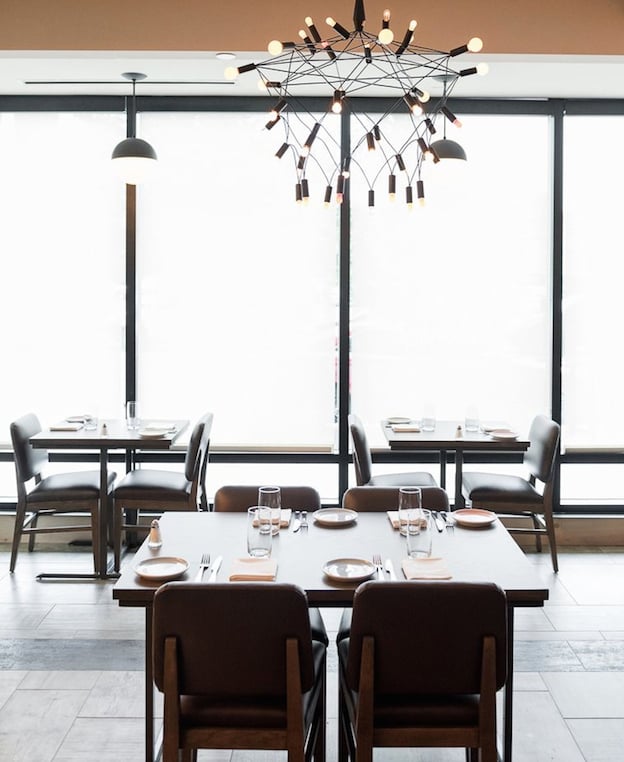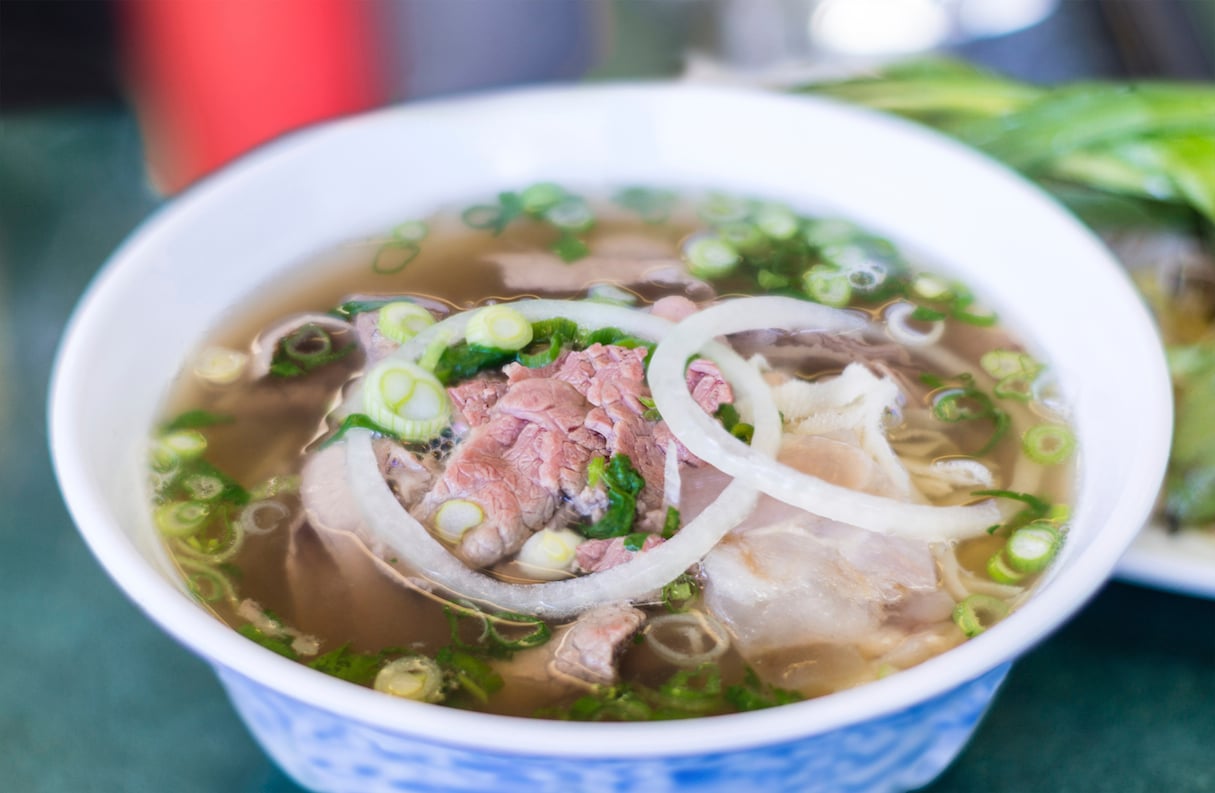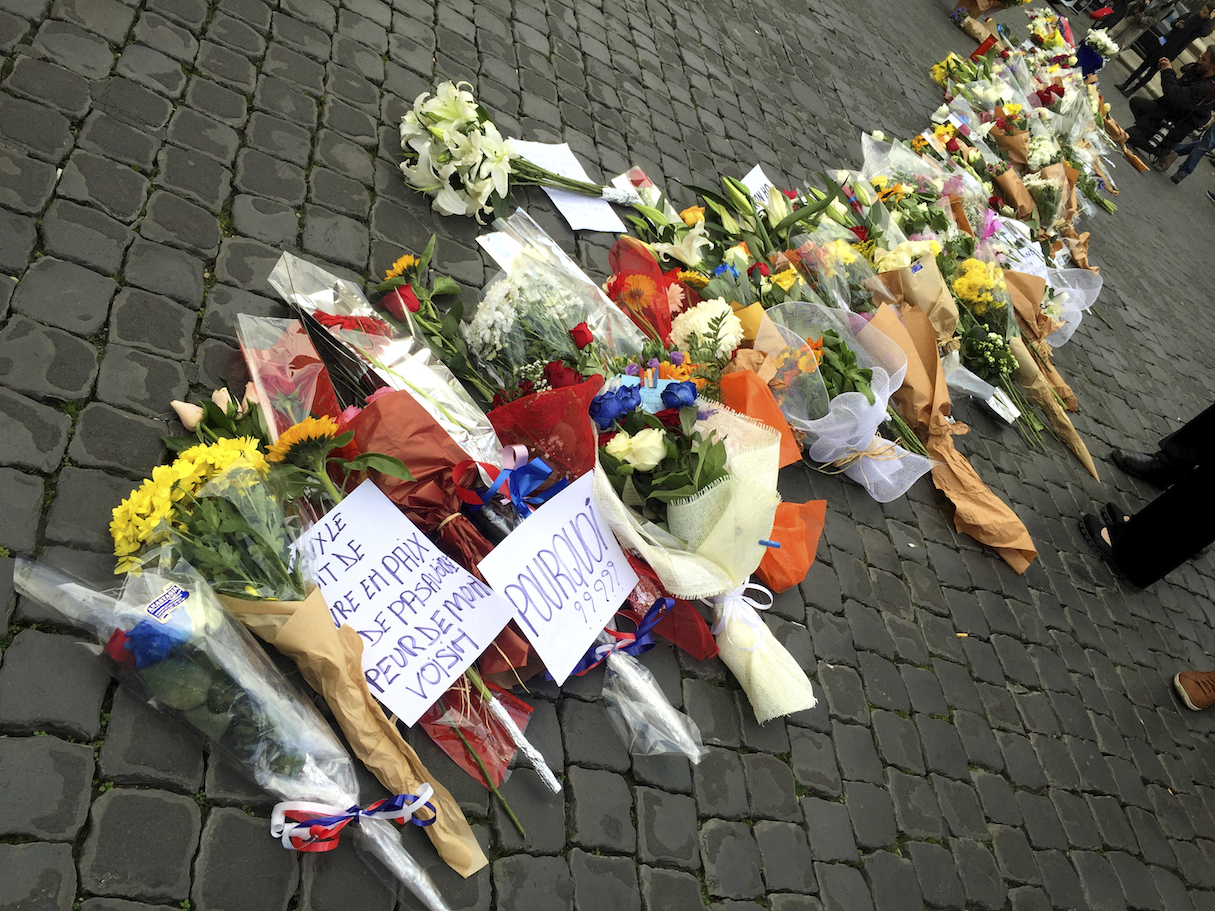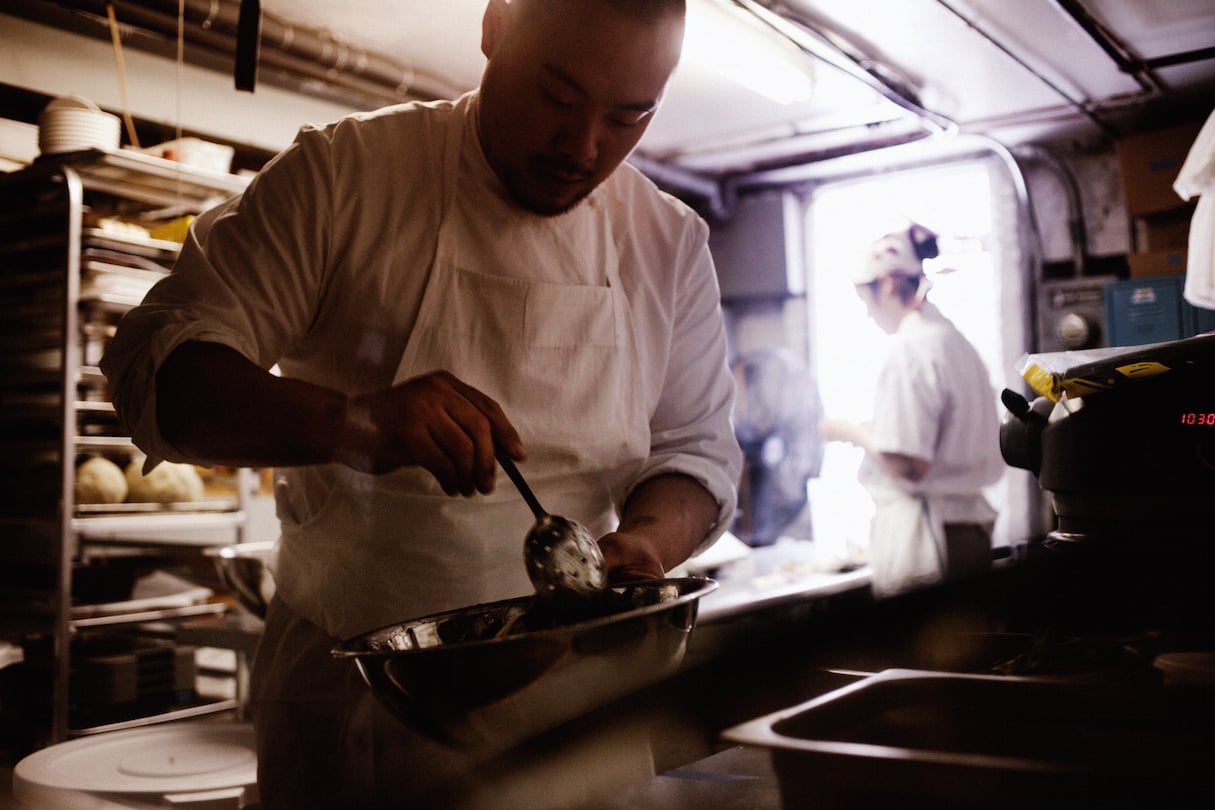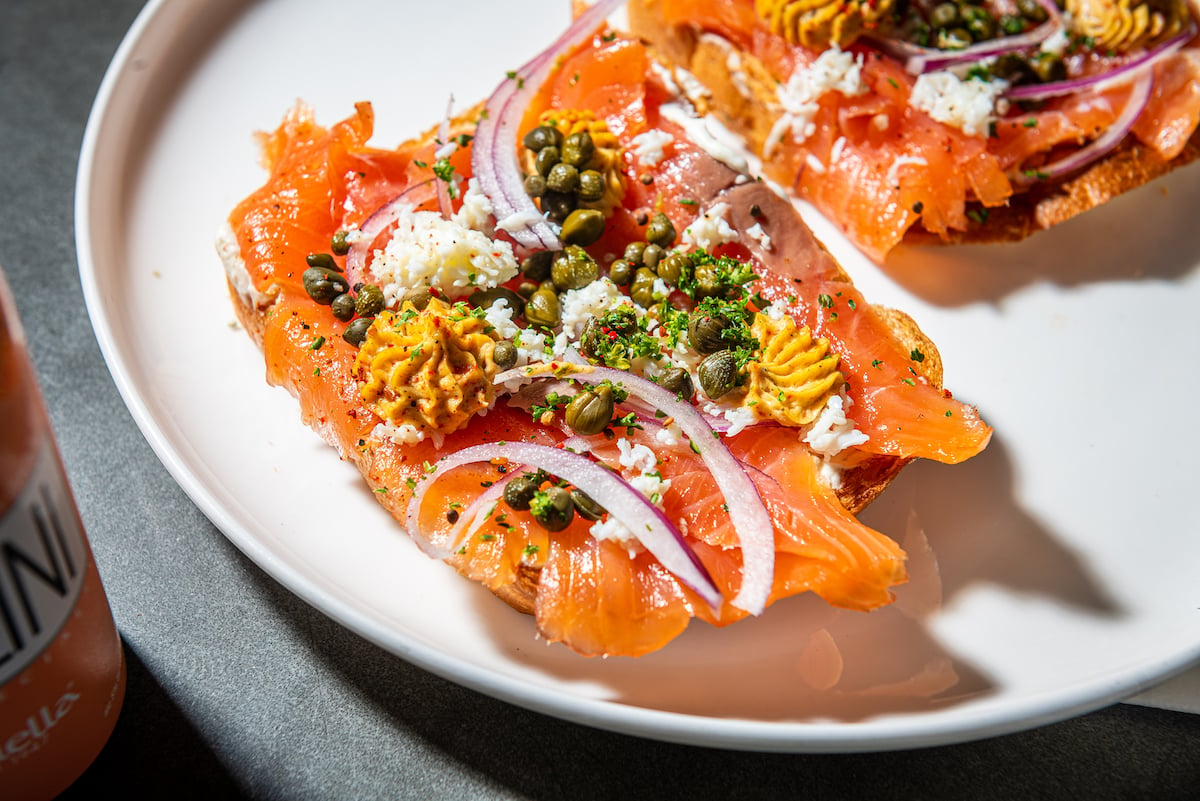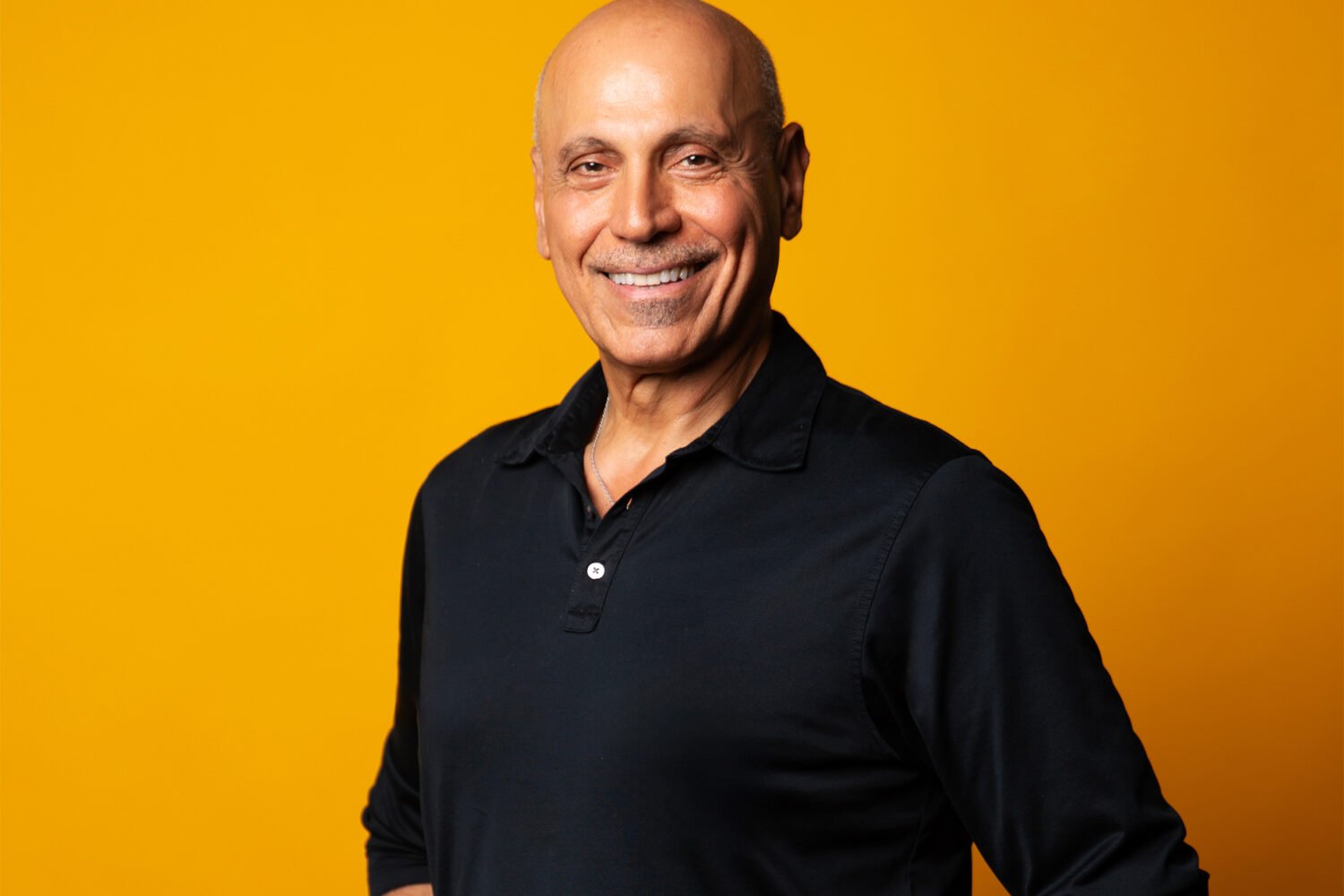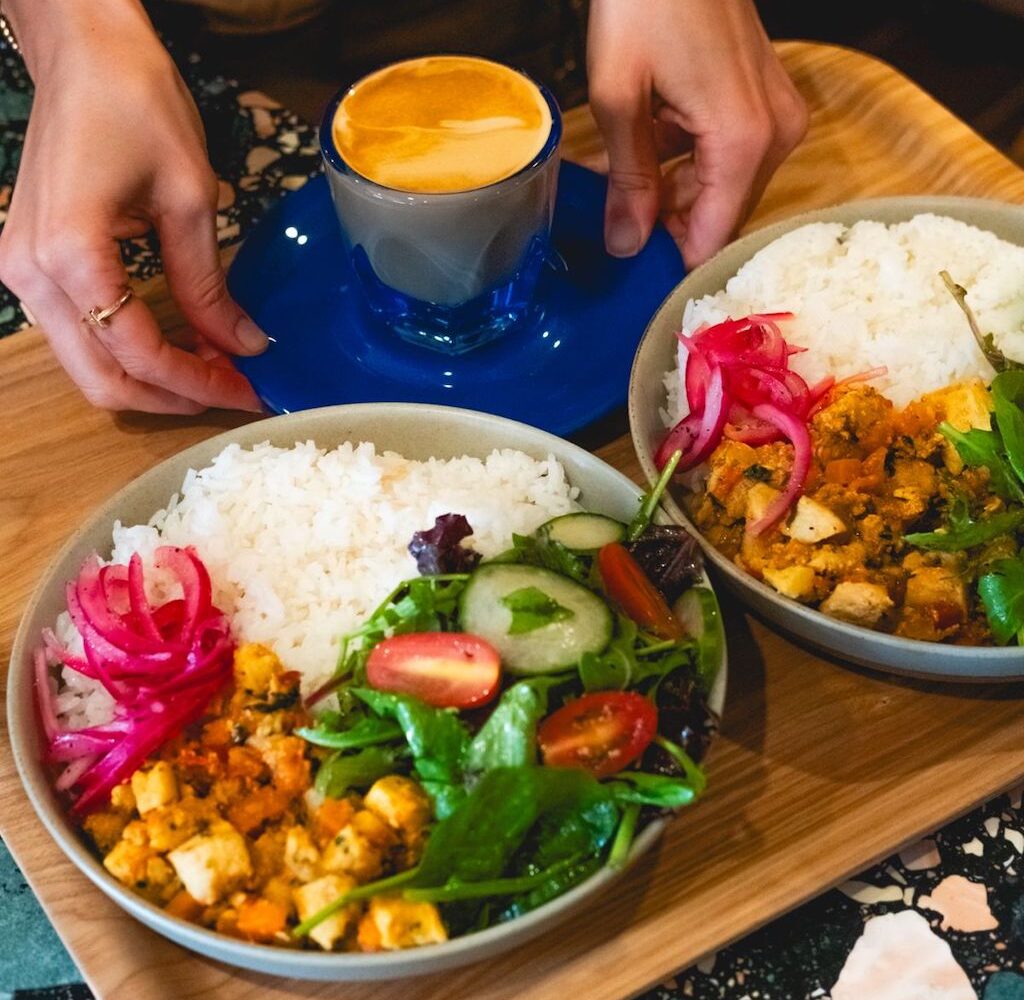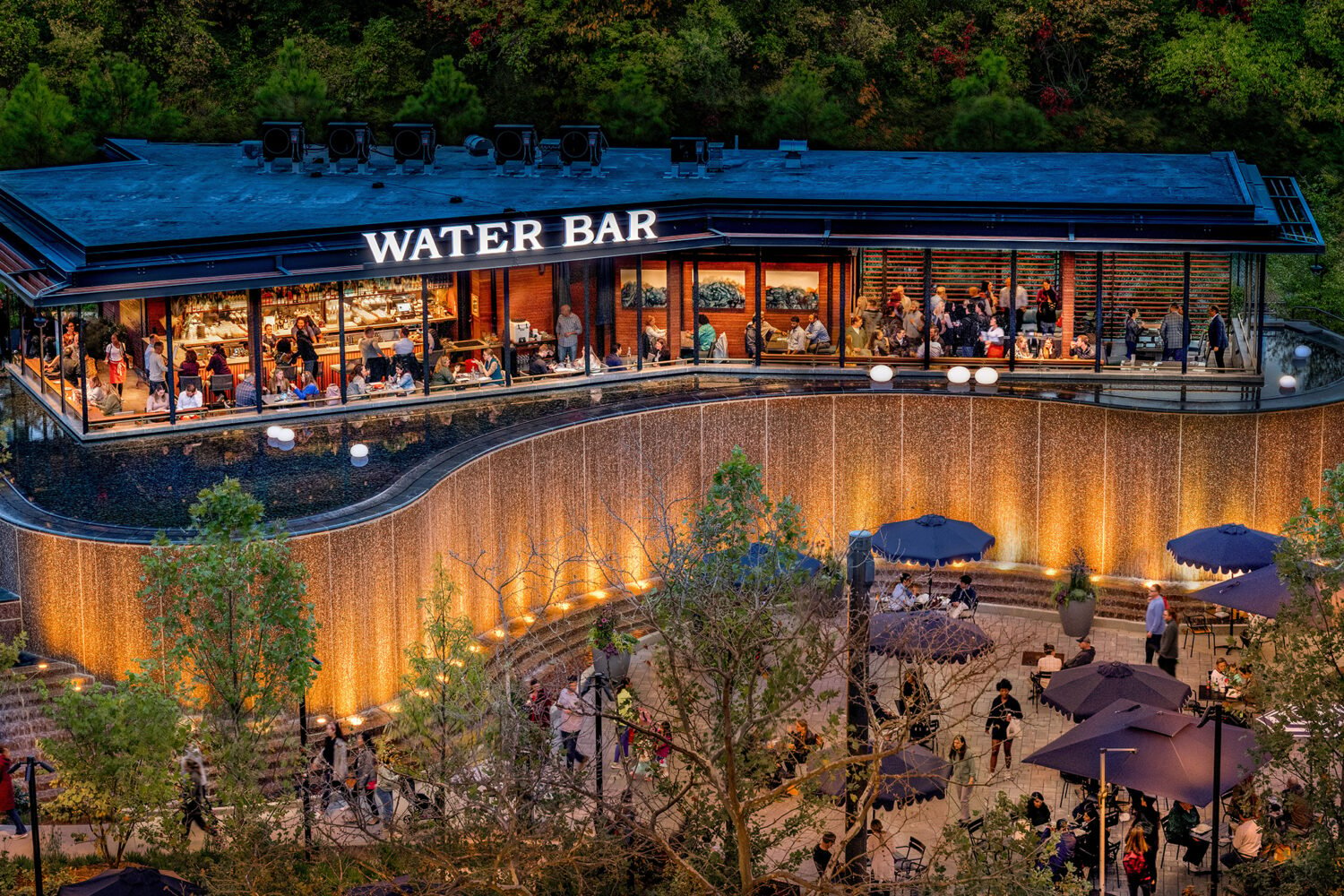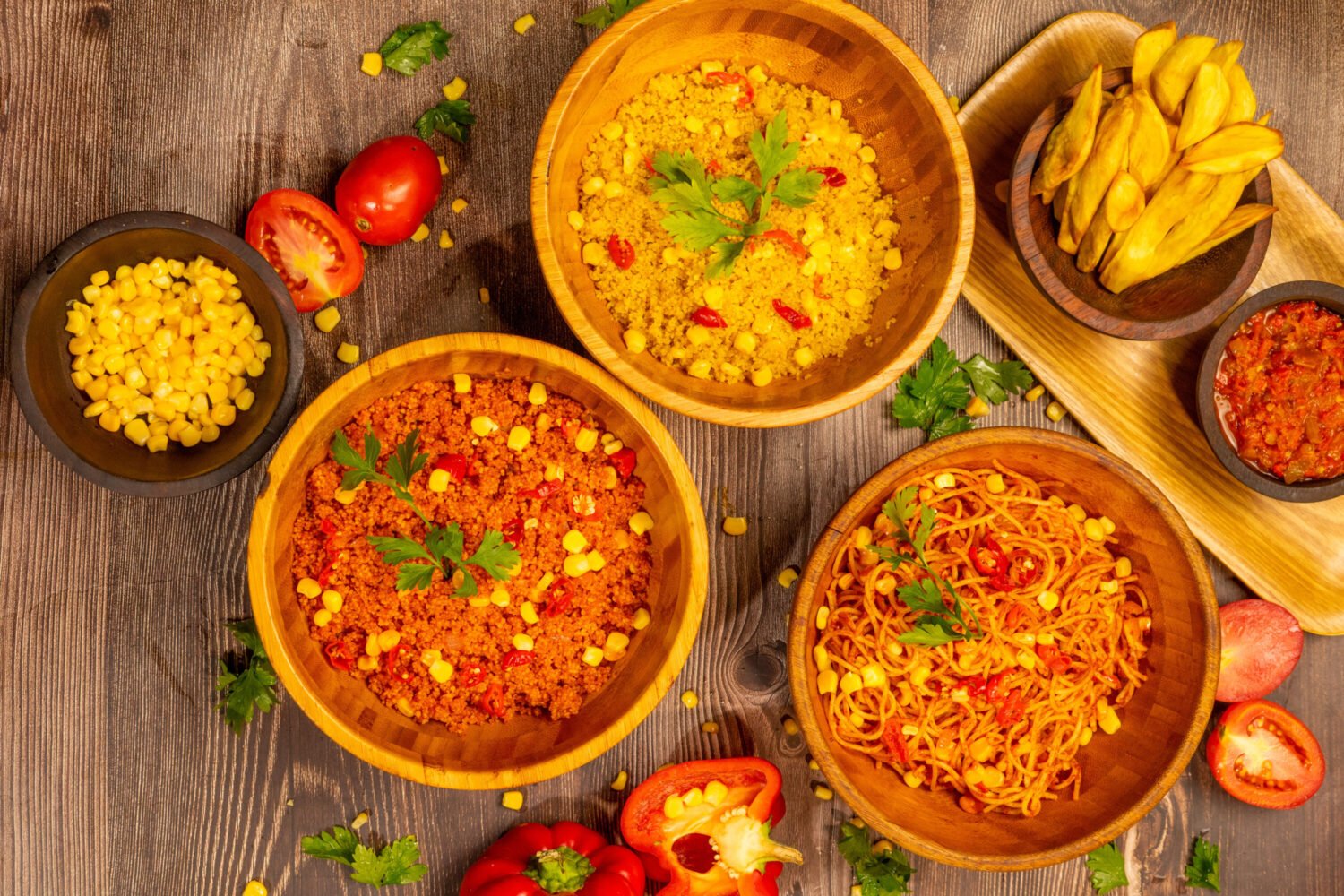
One of the surest ways to rile up Washington food lovers is to float the notion that this is a steakhouse town. “But we shed that image years ago,” comes the frustrated cry, as they tick off all the developments that have energized the dining scene of late—the flowering of a crop of young homegrown chefs, the rise of the neighborhood restaurant as a vehicle for ambitious ideas, the emergence of a legitimate middle class in a city once known only for high and low.
Yet the steakhouse, that relic from the age before arugula, not only holds on but continues to adapt and grow stronger—a survivalist out to remind all those passionate souls working to create a hip and progressive food town that the venerable institution has no intention of vacating its rear-guard role.
No fewer than nine such establishments have debuted in the past couple of years—yet another of the cyclical booms the city has witnessed, and easily the most surprising, given that the restaurant scene has generally moved away from grand, statement-making rooms.
The ’70s and ’80s brought the power chains, with echoes of the dark, smoke-filled dens of yore. In the early to mid-aughts came the sleek celebrity spots—including Charlie Palmer Steak, J&G Steakhouse from Jean-Georges Vongerichten, and BLT Steak from Laurent Tourondel—as high-profile restaurateurs opted for the known quantity in establishing beachheads in what they considered a conservative culinary scene.
The new wave of steakhouses might lack for star power, but it doesn’t lack for sexiness, and you marvel at how an essentially reactionary idiom can be made to look exciting.
To step into any of the flashy chains that have opened—Mastro’s, from Scottsdale; Joe’s Seafood and Prime Steaks, from Miami Beach; and Del Frisco’s Double Eagle, from Dallas—is to travel to a simpler culinary age, when waiters (they’re almost always men) don’t explain the menu to you, a small plate means a saucer, and the food is instantly identifiable. Perhaps it shouldn’t come as a surprise that all three places are swarmed nearly every night, but it does: How can something so anachronistic survive in this day and age?
The answer, of course, is right there in that last phrase. In a dressed-down era when the best places to eat often look like bars and don’t take reservations, these are sumptuous destinations that feel like a restaurant you’d go to for a milestone dinner: starched white tablecloths; doting, bow-tied waiters; and even, in the case of Mastro’s, a piano lounge up front. But all three serve to remind us that we shouldn’t confuse traditional and formal with stodgy. At Mastro’s, you’re as likely to hear that pianist play Taylor Swift as you are Sinatra, and those colossal towers of seafood arrive on dry ice.
If the steakhouse can be made relevant in an era that has left luxury behind, the new generation is showing that it also can catch the mood of global eclecticism. Seen from one angle, Latin-accented places such as Del Campo, Rural Society, Toro Toro, and Claudia’s are clever hedges, restaurants that aim to minimize the risk of serving Peruvian, Argentinean, and Mexican flavors in a high-end format by emphasizing the least exotic dish on their menus. But seen from another, they actually represent something new for the steakhouse, proving that the idiom is endlessly malleable and can absorb a range of influences.
None of the new steakhouses embodies the changes quite like Claudia’s, which opened four months ago in downtown DC. The most remarkable thing about it—and there’s a lot that’s remarkable, including the $125 martini and the price-gouging wine list—is that its owner, Claudia Rivas, is a woman, a rarity in a genre designed by and for men. Even with the new, more metrosexual dining rooms that have been the norm for more than a decade, there has never been a steakhouse in this city as gaudily opulent—a fantasia that looks as if it were airlifted intact from the buzzy scenes of Miami and Vegas. You imagine that if a sign were posted outside, it would read: No dull-suited businessmen. This is a place for sexy young things.
In this, Claudia’s seems to have drawn inspiration from STK, a New York-based chain that opened last year, billing itself as a steakhouse “for ladies,” with smaller portions and a bright interior.
You may have noticed that I haven’t uttered a single word about the meats. Steakhouses have always been more about size than quality, so to dwell for too long on the merits of the chow is to miss the point. Still, the sad fact of eating in a Washington steakhouse these days is that you’re unlikely to turn up a great steak. Or even many good ones.
READ ALSO: THE 10 BEST STEAKHOUSES IN DC | HOW NOT TO SOUND LIKE AN IDIOT IN A STEAKHOUSE
Actually, the best steak I ate in my month-plus of research was not at a new spot, but at a ringer, a place I already knew I liked: Ray’s the Steaks, in Arlington, which is so lacking in appointments (not even a votive candle graces the tabletops) that Rivas would probably consider it an extended conference room.
I needed a reminder of what a steak could be, and the hanger at Ray’s was it: a thick rope of grass-fed, corn-finished beef with that certain something I hadn’t come across in weeks: flavor
I hadn’t intended to eat it all—I was kind of sick of steak at this point, to be honest—but I ended up cleaning my plate nevertheless.
The quality of the meat, after so much savorless chewing elsewhere, was almost shocking. As was the pricetag: 20 bucks. And that’s with gratis sides of good creamed spinach and mashed potatoes, when every other outfit is charging between $7-$15 extra per to round out the meal. In effect, then: the best steak in the area is -$10.
Ray’s also serves a 45-day dry-aged steak, and, if you go off-menu, as I did that night, a 60-day one. It, too, was excellent.
In-house dry-aging is becoming as hard to find as a fat cat pol lighting up a cigar after dinner; even Ray’s ages only a handful of its steaks on the premises. Most steakhouses outsource the task, and, increasingly and sadly for the steak lover, they’re not spending the money to have it done right. Dry-aging for 17 days has become a kind of industry standard, though anyone who knows anything about steak can tell you that the meat needs to hang undisturbed for four weeks for a good mold to develop and the water to evaporate and the flavors to become concentrated.
More and more of the city’s premier meat markets have given up on dry-aging altogether in favor of wet-aging, a cheaper tactic that helps only with juiciness, not taste.
And, just as bad, they’ve taken to buying cuts of lower-grade Prime or (a level down) higher-grade Choice, which is less flavorfully rich. (Notice the brand Creekstone Farms popping up a lot on area menus, whether steakhouses or bistros? The name strikes a trendily farm-to-table note, and if you were not the sort of diner who quizzes the wait staff on sources you might assume that the meat’s coming from a local supplier. Actually, the company’s based in Kansas, and the bulk of its product is high-grade Choice.)
The sizzling, bone-in rib eye I was served one night at Del Frisco’s Double Eagle was typical of the scene these days. It looked magnificent: an inch-and-a-half thick and seasoned with a coarse cap of cracked black pepper. But then I sawed into it and took a taste — the thing was as bland as it was expensive ($59.50).
Upward of 50 bucks appears to be the new normal for a big cut, with specials fetching higher prices. At Mastro’s, a waiter straight-facedly tried to up-sell me on a 32-ounce “tomahawk” steak for $110.
Which just goes to show that you can incorporate new flavors and new ideas and even new blood, but some things don’t change. The steakhouse remains an institution that knows no restraint, just as Washington remains a town once and forever, it seems, in thrall to its allure.

